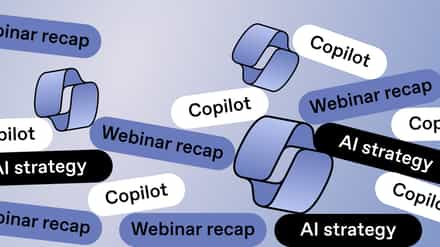Though not a new feature, I feel not many know of its existence or think of using it. A common pain when migrating to SharePoint is changing the way we work with documents. Where we just had to drop them in a folder before, we now have to tag and classify the document. However, with Word and a document stored in SharePoint, we can integrate the metadata directly within it using Quick Parts.
How to use Word Quick Parts with SharePoint hosted documents
Start by organizing your document library to have the structure you want and need. This may be done by creating columns, site columns or content types and adding them to the library.
Then navigate to your advanced settings of the document library if you are not using content types to organize and manage your documents. If you are using content types, you’ll have to look for the advanced settings for each of them or just the one you’d like to use.
Once in the advanced settings, you’ll see what document is used as a template for the library or content type and you can edit it.
.png)
Now that you are editing the template that will be used here, you can add special fields in the document that represent the SharePoint columns you have. Add them by clicking on Insert – Quick Parts.
.png)
Once done, everyone using this template will be able to complete the documents using these fields and simultaneously adding the right metadata to the document in SharePoint
.png)
Proper training and communication before migrating to SharePoint
It’s an awesome feature; the problem is no one thinks to use it. I showed you how it works with document templates associated to the library and explained it with content types. But nothing is stopping contributors and visitors to add quick parts to the regular documents, not from the template, while working on them with the SharePoint metadata. However, for all of this to work and be beneficial to your organization, you’ll have to make sure they are aware of it as well as how to use it. I recommend you integrate this how-to in your communication plan and training before your SharePoint migration.




